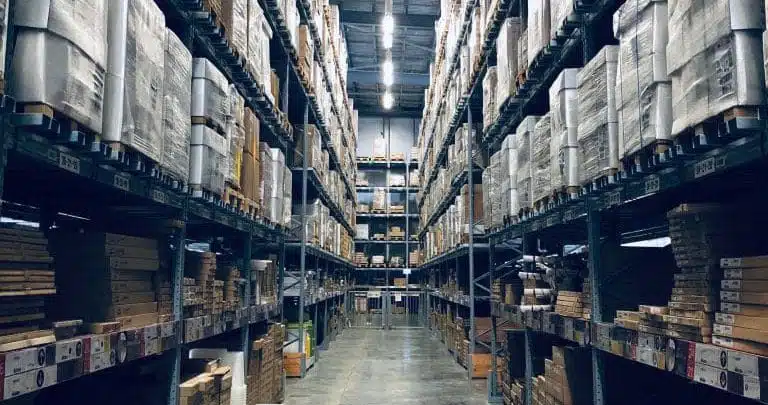Intelligent hotels are part of the future, that is for sure.
The Internet Of Things (IoT) is everywhere. And I mean everywhere.
That’s everywhere in more ways than one. It’s the acronym on everyone’s lips, it’s at the forefront of peoples mind whenever they discuss a technology project.

There’s more than that though. It physically is everywhere. Connected devices, small sensors, voice assistants, a multitude of things that you pass in your day to day life.
Of course, we deploy IoT with the goal of creating an intelligent hotel. Like I said, “IoT IS everywhere”.
So, how can you deploy intelligent hotels?
Now the above isn’t something I am hearing a lot of, which is strange, considering the whole idea of deploying an IoT solution is to achieve something. Ideally Intelligent hotels!
Sensors don’t need to be deployed unless they have something to sense. Monitors don’t feedback data unless they have something to monitor. Intelligent hotels give you data, but you need to use it.
I’m not going to focus too much on what IoT actually is, we’ve discussed these “things” at great length before, or on some features of Intelligent hotels, which we’ve also discussed before. What I would like to talk about is how to use IoT, or more correctly, making IoT work in intelligent hotels. And not just for the IT department! For you, your colleagues and most importantly, your guests!
I’ve seen huge projects startup, evolve and then stall or fizzle out altogether on this topic. Not because of lack of technical experts at all. It’s always the use cases. Often on a project that surrounds guest room technology (hint: this is my favourite topic).
An Intelligent Hotels Kind Of Data Warehouse
Let’s say you have a warehouse. This warehouse receives and ships stock around the local area. Arriving pallets are unloaded onto racking, documented and stored.
At a later date, this pallet is split and then loaded in smaller segments onto delivery trucks, before heading to their final destination. Pretty standard shipping work.
Now the technically minded readers will see how IoT can be deployed here. In fact, there’s even a very strong case for Augmented reality and Extended reality, but we’ll save that for another post, warehouses aren’t really my thing, I’m better qualified in hotel technology design.
Our warehouse above has data that can be loaded into a database before it arrives. A simple barcode scanner confirms the arrival of the pallet, weight sensors detect how much has been removed from the pallet and the database uses this to know what’s left. Pretty simple and cost-effective solutions, versus paying someone to unpack and count.
Do Hotels Need To Weigh Guests?

Guest rooms don’t have pallets, they don’t have racking, they don’t have weight sensors I hear you shout.
You are right, you know why? Because they don’t need them! Which means they don’t need the sensors.
This is where we should start the journey of every IoT project, thinking about what we don’t need.
Before focusing on a specific IoT technology, such as LoRA, BLE, Zigbee, or whatever other low power low data type device you go for, think of the use cases.
At a recent Hotel technology conference, I heard the story of how one of the largest global hotel chains deployed BLE Beacons for wayfinding. Technically very impressive, a solid working solution. An intelligent hotel indeed.
Nobody used it.
Nobody used it because they didn’t understand how to. They weren’t aware of the solution.
Money wasted, no time spent on the use case, potential users not supported. Instead of staff showing guests how to use the wayfinding solution, they just put their hospitality hat on and showed them where they wanted to go.
Intelligent Hotels? 3 Blocks Away, Ma’am
Now, remember this is hospitality, and I actually think the actions taken by the staff mentioned above, is correct. Guest first.
So, the fault lies with those who decided to deploy the solution in the first place. At the risk of sounding like a mobster, they forgot who they were dealing with: Guests!
Somebody Take The Wheel!

Deploying technology, especially IoT devices, creating an intelligent hotel, is a minefield, and something that requires different points of view.
While decisions like this were previously taken by IT departments, engineering teams, or even consultants, the landscape has changed. With the blurring of the lines between technology and day to day operations, it is clear that this kind of project has more stakeholders than ever.
- Who’s going to deal with the fallout from guests if a solution doesn’t work?
- Who’s going to rely on the solution for day to day activities?
- Which department will be benefiting from the deployment with additional revenue.
Asking all the questions above (and many more) should help you identify who needs to be involved. The people, once involved? They are your steering committee, they provide the use cases, and understand the solution.
Have them on board from the beginning and ensure that the solution works for all users of the solution. How? You get your dancing shoes on of course!
Learning From Strictly

Strictly Come Dancing is a popular BBC TV show, and we can learn something from it for our Intelligent Hotel project.
In Ballroom dancing, someone leads and someone follows. Just like our steering committee. Initially, our leading dancer paves the way forward, however the most important thing this leader can do? Watch out for any changes from the follower and respond to them!
Just like our steering committee. A change of direction, and change of pace, or in our case, more like a change of solution? Respond!
Having a team of knowledge for a project is a great thing. Make time to involve the people who will be most impacted, listen and react.
Using this method will bring success, I’m sure.
I’m sure, because I’ve seen it work, but most valuably, I’ve seen the results of not using one. Remember our BLE wayfinding solution?
So, What Are The Use Cases? How Can It Generate Revenue In Intelligent Hotels?
Use cases? That, I cannot answer without knowing the project. Getting a steering committee together of valuable stakeholders will give you that answer.
Generating revenue? Hotels have revenue managers right? Use them!
Creating a project workshop, to define requirements and creating the steering committee is what HotelTCS are here for.
Let HotelTCS work with you and your hotel to establish not just the solution for you, but why and how it will be used!
Also, if you love IoT, we’ve looked at this not once, but twice before! Read, enjoy, comment and share!


